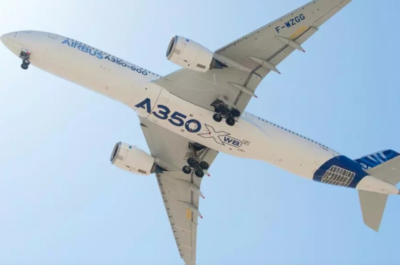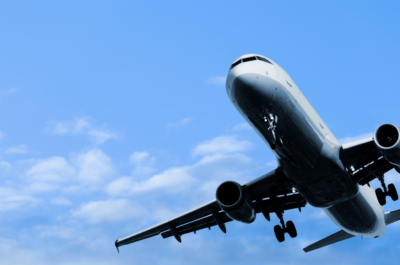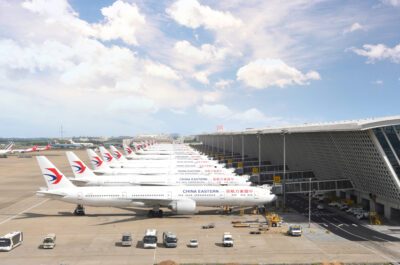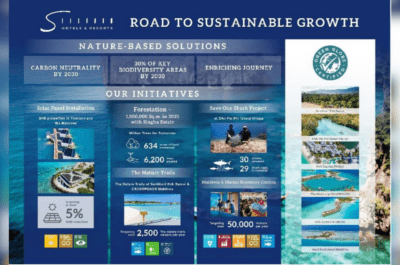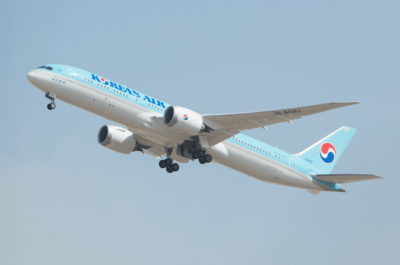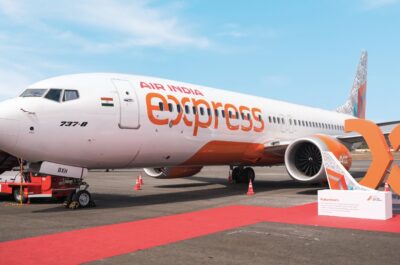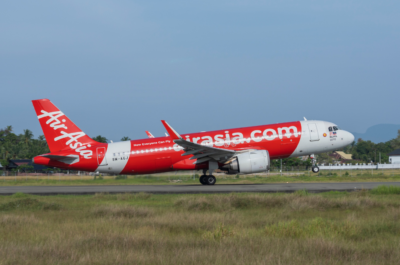The latest IATA five-year forecast suggests that passenger growth will average 5.8% through 2014, meaning 3.3 billion people will be using the air transport system by then. That is 800 million more people than today, meaning significant changes and challenges to the industry. Asia-Pacific, already the largest market, will add almost half of the new passengers, some 360 million extra people. China is the powerhouse. It will have 181 million more domestic passengers and 33 million…

The latest IATA five-year forecast suggests that passenger growth will average 5.8% through 2014, meaning 3.3 billion people will be using the air transport system by then. That is 800 million more people than today, meaning significant changes and challenges to the industry.
Asia-Pacific, already the largest market, will add almost half of the new passengers, some 360 million extra people. China is the powerhouse. It will have 181 million more domestic passengers and 33 million more international passengers. Airports are being built but a lot of work remains to be done on air traffic management, especially in the critical Pearl River Delta region.
There could be seismic shifts elsewhere in the world. For a long time, Europe has been the stop-off point for Asia-United States travel. But the Middle East hubs and their home carriers are expanding rapidly. The growth in international travel in the Middle East will average more than 10% a year, giving a 2014 total of more than 80 million international travelers.
“The forecast takes into account two very different scenarios,” says Brian Pearce, IATA Chief Economist. “While emerging markets have returned to strong growth much faster than expected, mature Western markets are still suffering from a lack of consumer confidence driven by government austerity measures.”
Freight should be easier to predict, subject usually to more pedestrian trade winds than confidence-sapping consumer related events. Growth is expected to be 8.2% per year. The challenge here will be in formulating a strategy that accounts for severe imbalances on key trade routes. Far more comes out of Asia than goes in.
“The forecast indicates that the world will continue to become more mobile,” says Giovanni Bisignani, IATA Director General and CEO. “This creates enormous opportunities but also presents some challenges. In five years’ time we need to be able to handle 800 million more passengers and 12.5 million extra tonnes of international cargo.
“To realize the economic growth potential that this will bring, we will need even more efficient air traffic management, airport facilities, and security programs.”
Of course, the further into the future predictions go, the less reliable they become. But that’s not to say they are always wrong. Forecasts can be a valuable guide.
By 2014 the transformation will be complete. US traffic will have a 23% total market share (down from 26% in 2009) compared with the 30% held by Asia?Pacific (up from 26% in 2009). Only 22% of the world market will travel within Europe.
It is not only the biggest markets that are shifting Eastwards. Individual routes, such as the North Atlantic market, are undergoing a sea change. The forecast figure of 4.7% growth in air traffic across the Atlantic must be compared to the 9% increase on Middle East-Asia passenger routes. Even Pacific travel will be supported by the burgeoning Asian economies with 6.9% growth.
For many, the North Atlantic figure may even be an overestimate. High taxes, unemployment, and a host of regulatory matters threatening both ends of the market make it a contentious number.
Added to this is the fact that traffic from the Middle East/North Africa (MENA) region to the United States is predicted to be the fastest growing route over the next five years. Aside from the growing MENA economies, this reflects the continuing use of Middle East hubs for long-haul travelers. New, long-range aircraft are giving Middle Eastern carriers the ability to ignore European stops. And for many passengers, avoiding congested gateways has proved a boon.
Nonetheless, Kurt Stache, Vice President International, American Airlines, says his carrier expects a 7.7% increase in international capacity in 2011, partly the result of its recent joint business ventures with British Airways and Iberia over the Atlantic. He believes antitrust immunity issues have put the oneworld partners on a back foot in previous years but the playing field is now levelling out.
He notes, however, that many problems still face the industry and these will continue to affect all markets, including the North Atlantic corridor. “Such issues include high oil prices; congested slot?controlled airports; the expansion of Open Skies agreements; industry profitability affecting the ability to reinvest in products; and more fuel efficient aircraft to offset oil price instability and—more recently—increases in taxation,” says Stache. “In 2012 the European Union will include aviation in the Emissions Trading Scheme, and several governments continue to introduce or increase taxes on departing passengers.”
For 20 years prior to the recent recession, domestic growth averaged 2.8% a year compared with international growth of 6.4%. Through 2014 the two segments are expected to enjoy comparable rates of expansion.
The main reason for this change is the emergence of major domestic markets in Brazil, China, and India. GDP growth in the mature Japanese, United States, and European markets is expected to fall below the global average in the next five years.
In contrast, China and India GDP rates are almost three times that average. So, although the United States will remain the largest domestic market, China will add twice as many passengers to its network in the next five years (180.9 million passengers versus 78.3 million).
Brazil and India will also grow their domestic networks at a rate averaging about 10% a year. By 2014 Brazil will cater to 90 million domestic passengers, while India will overtake Australia to become the fifth-largest domestic market. Passenger numbers within the sub-continent will exceed 60 million.
With global figures for domestic travel anticipated to break through the two billion barrier by 2013, the industry will need to respond with investment in both ground and air infrastructure.
The fastest-growing 10 markets through 2014 will see passenger numbers grow by up to 90%, and many of them are in emerging markets still underdeveloped in aviation terms. Countries with double-digit growth include Vietnam (10.9%), South Africa (10.6%), India (10.5%), and the Philippines (10.2%).
“Industry and governments will be challenged to work together even more closely,” says Giovanni Bisignani, IATA Director General and CEO.
During the five-year forecast, growth is expected to return to more normal levels. That could be a relatively conservative estimate, however, given the anticipation of strong world trade figures. It may be that the industry is concerned about being overly optimistic given recent conditions. But it may also reflect a small loss of trade to other transport modes once business inventories have been restocked.
Unsurprisingly, routes connecting Asia with the United States and Europe will drive freight figures higher. The challenge will be managing the difference in trade volumes, with far more coming out of Asia than entering it. Estimates suggest a disparity of 1.6 million tonnes by 2014.
Changes in production and consumption patterns will take time, leaving cargo carriers with a short-term headache. Robert van de Weg, Senior Vice President, Sales and Marketing, Cargolux Airlines, accepts there will be significant variations in annual growth and between regions. He believes that cargo carriers will cope, however. “It is all about the ability to anticipate or at least to react quickly to network patterns,” he says. “And there will be consuming markets in the Asian/Middle East areas.”
Industry improvements, such as e-freight, will also pay off over the longer term, according to van de Weg.
Theodore is the Co-Founder and Managing Editor of TravelDailyNews Media Network; his responsibilities include business development and planning for TravelDailyNews long-term opportunities.




![[PR] PR_Ascott and Vimut Hospital_2024](https://www.traveldailynews.asia/wp-content/uploads/2024/04/PR-PR_Ascott-and-Vimut-Hospital_2024-400x265.jpg)




